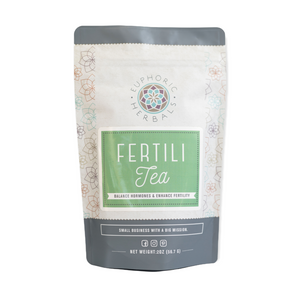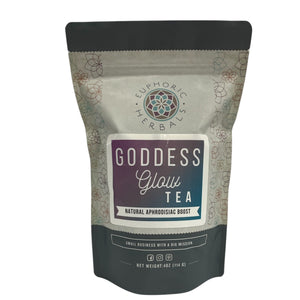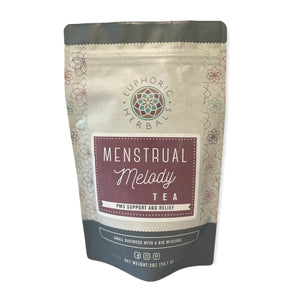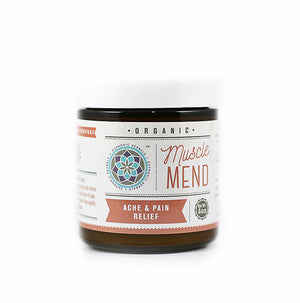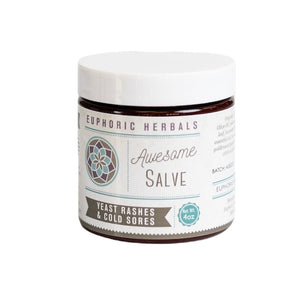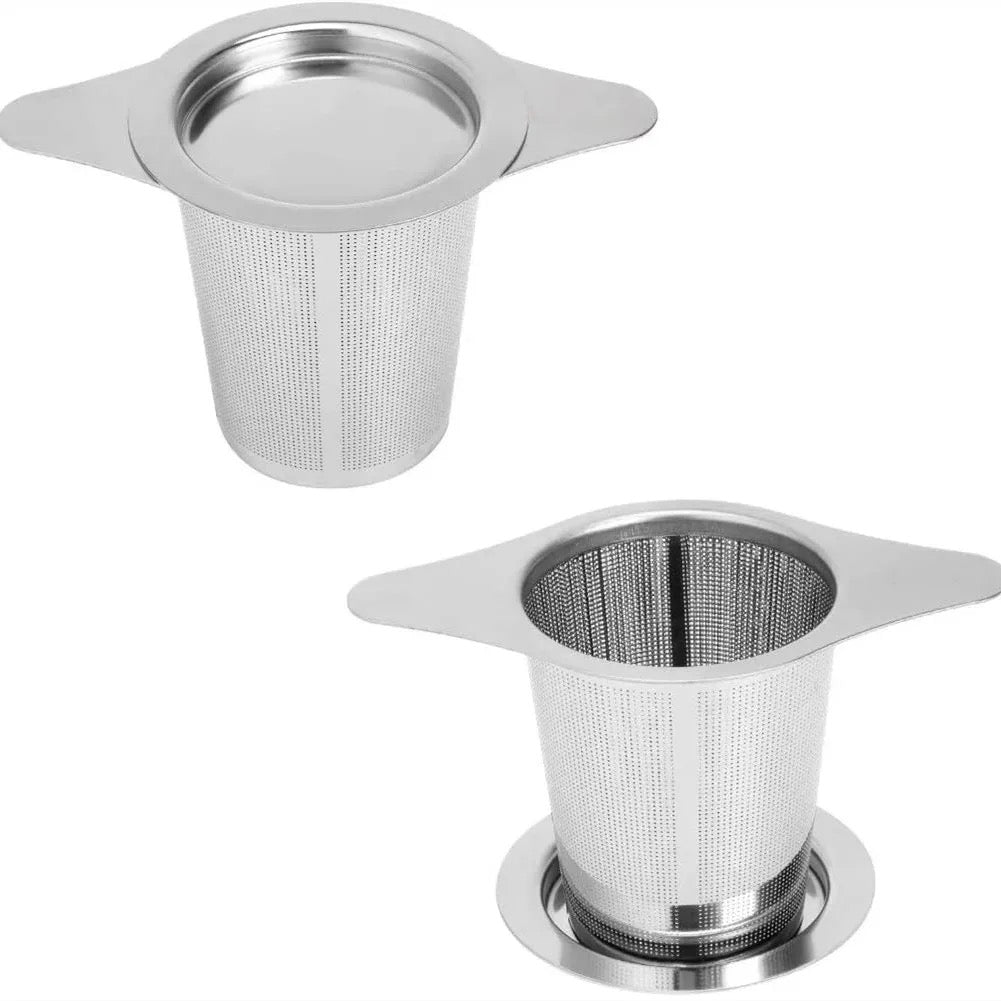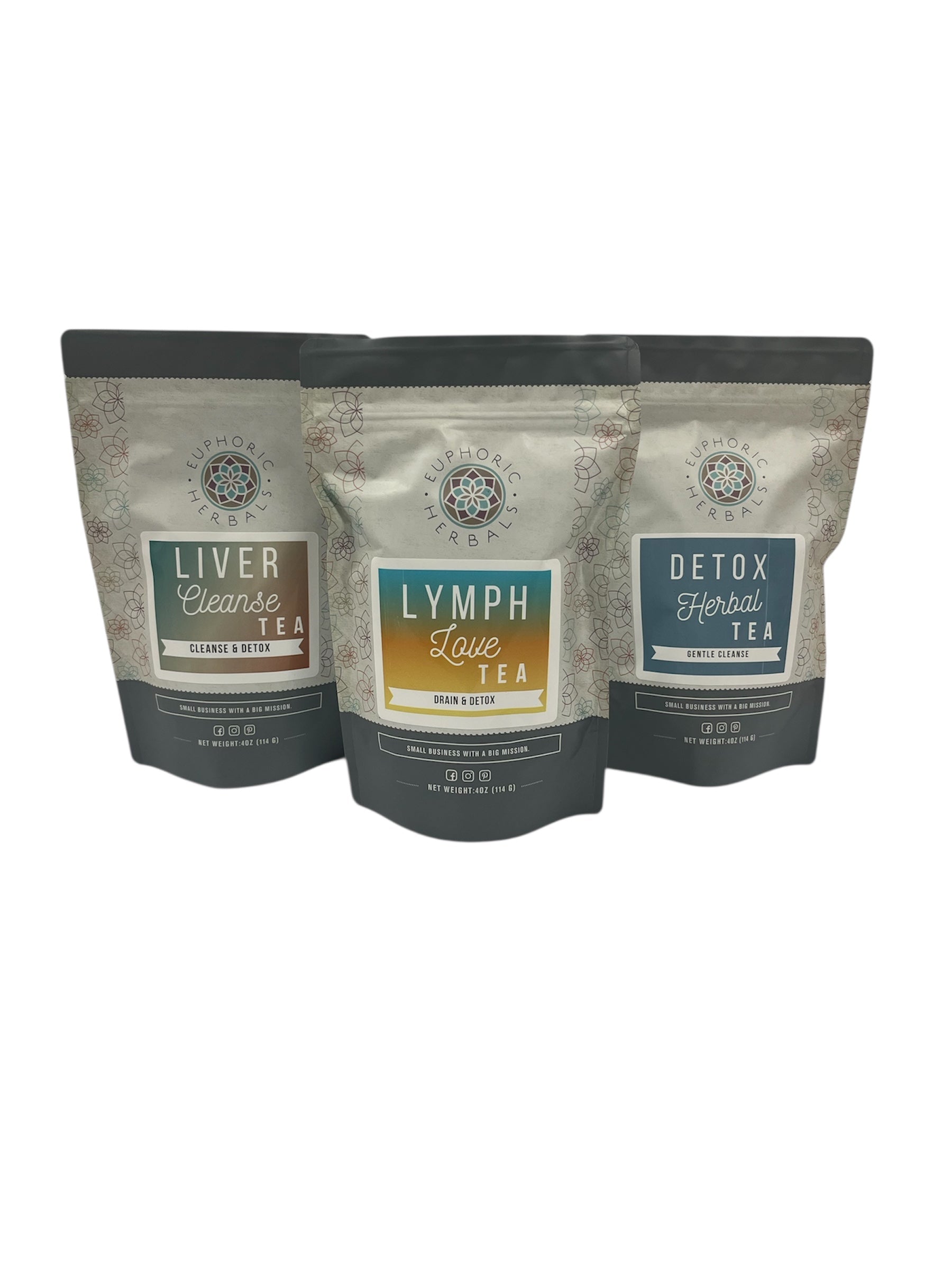Elecampane is a medicinal herb that was once used by the ancient Greeks and Romans. Today, you'll most often find it in herbal formulas for coughs or colds, although there are also other benefits of elecampane worth mentioning.
Here's more about this cheerful flower that doubles as a powerful herbal ally, particularly during cold and flu season.
What is Elecampane?
Elecampane (Inula helenium) is a plant that belongs to the daisy family. It can grow up to 8 feet tall and blooms with small sunflower-yellow flowers. The plants are originally native to Asia but have become naturalized in Europe, North America, and other areas.
There's a lot of folklore surrounding elecampane.
Its botanical name is thought to be a reference to Helen of Troy (a mythological woman). Some legends state that elecampane grew where her tears were shed, while others say that she was holding a bouquet of elecampane when she was captured.
Elecampane also has numerous nicknames, including 'elfwort' and 'elfdock'. These are a reference to the belief that the plant could cure the wound of an elf arrow. There was even an herb blend that included elecampane to be used as protection against witches.
On a more practical note, the root of elecampane has a long history of medicinal use, starting with ancient Greek and Roman physicians as well as practitioners of Ayurveda and traditional Chinese medicine.
Energetically, elecampane root is warming, drying, and stimulating.
It has been used for a range of damp, stagnant conditions, including congestion, a sluggish digestion, rheumatism, skin eruptions, irregular menstrual cycles, and more.
Benefits of Elecampane Root
Respiratory Support + Cough Relief

The most common use for elecampane is as a respiratory herb. Because it has warming and drying properties, the root is most indicated for congested, "wet" respiratory conditions and stuck or hardened mucus.
For coughs and colds, elecampane acts as an expectorant, which means it promotes productive coughing that moves out old mucus and helps clear the lungs.
Elecampane also has a long history of use for chronic respiratory-related conditions, especially asthma, bronchitis, and emphysema.
Some scientific studies suggest that the root also helps calm inflammation in the airways because of natural anti-inflammatory compounds like alantolactone. It was even found to be safe and effective when used as a main ingredient in a natural cough syrup for children. (1)(2)
Elecampane can be taken in low amounts to strengthen the lungs over time, or it can be used as a syrup, tea, or tincture for an acute situation. The root is often combined with other herbs for respiratory support, like in this Lung Expectorant extract.
Supports Immune Function During Infection
Elecampane is not a direct immune-boosting herb, but it does have positive effects on your body when it is trying to fend off an infection.
One of the reasons for this is the antimicrobial properties of the root. Studies have shown that it inhibits bacteria, like Staphylococcus, and may even fight the bacteria (Mycobacterium tuberculosis) that causes tuberculosis. (3)(4)
Another way elecampane supports immune function is through its action on the lymphatic system.
Your lymphatic system is very important for fighting off illnesses because it circulates a substance known as lymph that contains infection-fighting white blood cells. Lymph can become stagnant or "stuck" in certain situations, but elecampane stimulates movement and circulation.
Digestive Aid & Prebiotic

There are a few benefits of elecampane for digestion.
To begin with, elecampane root is particularly rich in a type of fiber known as inulin. Not only does inulin help to keep your digestion moving, it also acts as a prebiotic that feeds the beneficial bacteria and microbes in your gut.
This, in turn, promotes overall digestive health and may reduce gut inflammation and aid other gut issues. (Keep in mind that you would need to consume the root to get the fiber, not just take it as a tea or tincture.)
In addition to this, elecampane has shown activity against Candida, a particular type of yeast that can cause fungal infections (including yeast infections) and a host of gut issues. (5)
The compounds alantolactone and isoalantolactone may even have anti-parisitic properties that could be helpful for a parasite cleanse.
Finally, elecampane root contains bitter compounds that help to stimulate digestive enzymes and bile production- all of which contribute to healthy digestion.
Aids Certain Skin Issues
Elecampane is not often used as a skin herb any more, but it was once a common choice for skin eruptions, itchiness, and sore spots.
For this purpose, the root was prepared as a skin wash, infused oil, or a diluted tincture and applied to the affected area of skin. It was mostly utilized for eczema, certain rashes, sores, and sore spots that refused to scab over.
If you wish to try elecampane topically, be aware that it may cause contact dermatitis in some people and is not recommended for dry skin types.
Moves Damp, Congested Conditions
Though most often used for respiratory congestion and coughing, there are benefits of elecampane for other damp, cold, or stagnant conditions.
As an example, elecampane root can stimulate helpful movement in those with a kapha dosha. (In Ayurveda, kapha doshas exhibit heavy, slow, and cold characteristics and can be prone to stagnant or congested health conditions.)
There are even records of elecampane being used as a tonic to help with grief that isn't being dealt with, particularly when combined with hawthorn berry, the heart healer. In this case, it stimulates emotional movement and release to bring buried grief to the surface.
How to Use Elecampane

You may want to experiment with different herbal preparations when it comes to taking elecampane.
For coughs and acute situations, elecampane is often combined with other herbs into an herbal syrup or a tincture. You can learn how to make an herbal syrup here or how to make a tincture here.
If used more as a tonic for the lungs or to stimulate circulation, lymph movement, etc., a few grams of the root can used to make a tea that is drunk daily. Simmer the root in water for 10-15 minutes before straining and drinking.
Precautions
When taken in the proper amounts, there are few precautions with elecampane.
However, it is considered an emmenagogue, which means it should not be taken during pregnancy. Those with dry lung conditions should also avoid elecampane or use it with caution, since it does have a drying effect.
Large amounts of the root can cause nausea, vomiting, and other digestive issues.
Using Elecampane Root
In modern herbalism, the biggest recognized benefits of elecampane are undoubtedly its effects on the respiratory system. However, that doesn't mean there aren't other uses for this herb, including digestive support and stimulation for stagnant conditions.
Try it out for yourself to see how your body reacts!
Disclaimer: This post is for informational purposes only. It does not constitute medical advice and should not be substituted for medical advice. Please consult your health care provider, herbalist, midwife, or naturopathic physician before taking herbs, supplements, etc. Here's the link to our full disclaimer.






















































